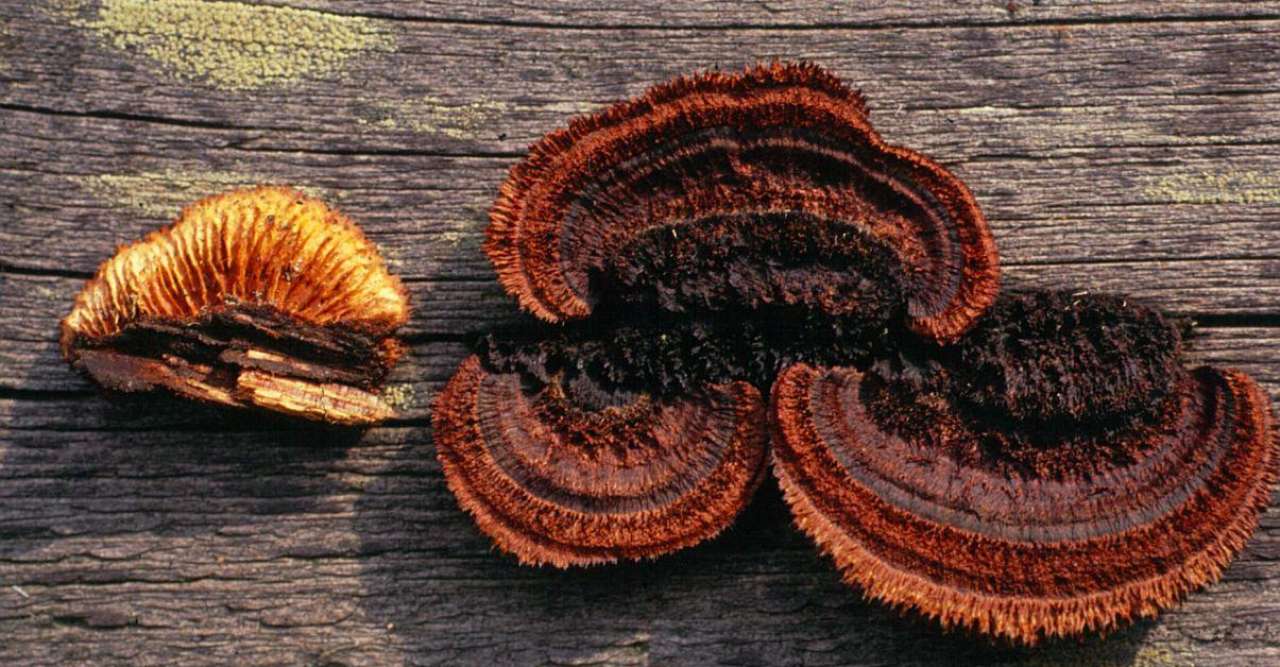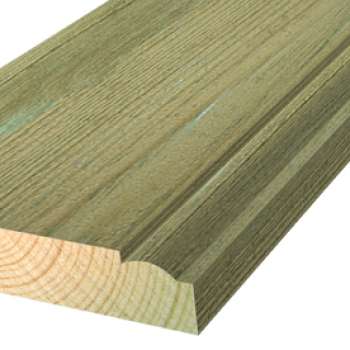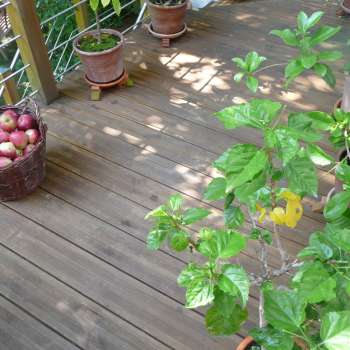Holdbarhet og bruk av tre
Utendørs testing av tre i Norge er tidkrevende på grunn av klimaet. NIBIO har mange utendørs feltforsøk, som bidrar til økt kunnskap om holdbarhet til tre, og feltene evalueres 1-2 ganger pr år. Felttestene gir resultater som er grunnlaget for holdbarhetsklassifisering av norske treslag benyttet i applikasjoner slik som ytterkledning, terrassedekker og i jordkontakt. Testing viser så langt at den naturlige holdbarheten er lav for eksempelvis lønn, lind, osp, bjørk, or, rogn og selje. Den arten som har vist størst motstand mot råte i felttestene er einer.
I laboratoriene ved NIBIO utføres det en rekke standardiserte og modifiserte tester med hensyn til holdbarhet av tre. Laboratorietesting går raskere enn felttesting, men kan aldri erstatte en reell brukssituasjon. Imidlertid er testing i laboratoriet et viktig supplement som kan gi raske og gode svar på detaljerte problemstillinger. Impregneringsmidler forbedrer den naturlige holdbarheten til tre ved å hindre at treet angripes av sopp og insekter, og dermed får trevirket lengre levetid. De ulike impregneringsmidlene påvirker selve produktegenskapene til treproduktene.
Utvikling av miljøvennlige trebeskyttelsesmetoder er et viktig forskningsområde, og NIBIO arbeider med å forbedre eksisterende metoder, samt identifisere nye. Det ligger et systematisk arbeid bak utviklingen av en ny trebeskyttelsesmetode som også inkluderer omfattende testing, evaluering, og videre kvalitetssikring av trebeskyttelsessystemer og produkter.
Trebehandlingsmetoder
Impregneringsmidler beskytter treet mot sopp- og insektangrep og øker dets levetid. Type impregneringsmiddel og sammensetningen påvirker egenskapene til de ulike treproduktene. Økende etterspørsel og samfunnets krav om mer miljøvennlige måter å beskytte tre på, har gitt nye trebehandlingsmetoder.





